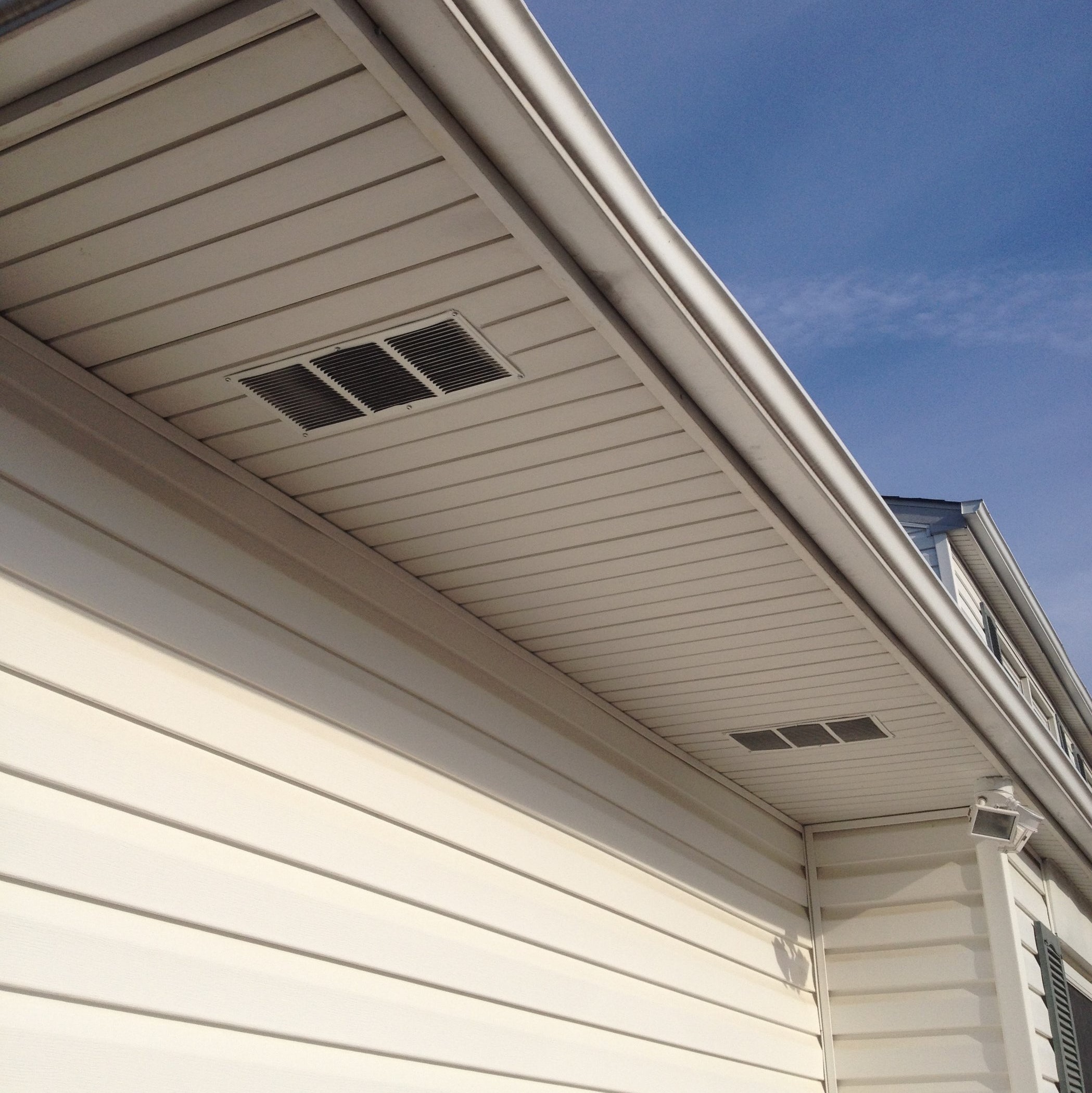Are you tired of high energy bills and the air drafts that constantly creep into your home? Look no further. In this article, we will explore the top siding options that will not only enhance the aesthetic of your home but also keep it insulated.
The Best Siding Options for Your Home
Several siding options can help keep your home insulated and energy efficient. In this section, we will extensively discuss these siding options.
· Insulated vinyl siding
Vinyl sidings are made from plastic that may come in different colors and styles. The nice thing about vinyl siding is that it can help keep the inside of your house warm in the winter and cool in the summer. It provides extra insulation, like a blanket for your house.
The insulation in vinyl siding is usually in the form of foam backing attached to the vinyl’s back. This foam is a special material that helps to keep heat from escaping your house in the winter and keeps it from coming in during the summer.
Consequently, the entire process helps make your house more energy efficient. This means you won’t have to use as much energy to heat or cool it. It’s important to note that properly installing the vinyl siding is crucial to achieving optimal insulation. Maintaining the siding in good condition is also important to keep performing well.
· Fiber cement siding
Fiber cement siding is a durable and long-lasting building material commonly used for residential siding. It is made from a mixture of cement, sand, and cellulose fibers, which gives it a unique combination of strength and durability.
One of the main advantages of fiber cement siding is its resistance to extreme weather conditions. This type of siding can withstand strong winds, heavy rain, and even hailstorms without getting damaged. This is because of its high-density material that can resist the impact of flying debris and heavy winds, unlike other siding options like wood.
Fiber cement siding is also resistant to fire, rot, and insects, making it a great option for insulation and protecting your home. This type of siding is not combustible, so it will not catch fire easily. It also doesn’t contain any organic matter, so it cannot be attacked by insects or rot.
Additionally, fiber cement siding is water-resistant and can withstand heavy rain and snow without getting damaged. This makes it an ideal option for homes that are located in areas that experience high levels of precipitation.
In terms of maintenance, fiber cement siding requires low maintenance. It does not need constant repainting and can withstand fading, cracking, and warping. However, it’s worth noting that fiber cement siding is relatively heavy and brittle. Hence, you need to get the help of a roof siding professional when installing it.
Additionally, it’s more expensive compared to other siding options.
· Wood siding
Wood siding is a traditional building material commonly used for residential siding. It is made from various wood species, such as cedar, redwood, and pine. This type of siding is commonly used because of its natural aesthetic feel. Asides from that, wood siding also offers natural insulation properties.
Since it is a good insulator, it can efficiently keep the inside of your house warm in the winter and cool in the summer. This is because wood fibers are tightly packed together and have many air pockets, which can trap heat and keep it inside your home. also help to reduce energy costs and make your home more energy efficient.
Another advantage of wood siding is that it is a renewable resource. Wood is a natural and sustainable material that can be grown and harvested responsibly. Hence, wood sidings are more environmentally friendly than other siding materials. They also offer a wide range of options in terms of style, texture, and color, which can be customized to suit the aesthetic of any home.
However, it’s worth noting that wood siding requires regular maintenance and can be susceptible to rot, insects, and fire. You must also paint or stain them to protect them from external elements. Additionally, wood siding may not be the best option if you live in an area prone to a termite infestation or high fire risk.
· Metal siding
Metal siding is a durable and long-lasting residential siding option. It is made from various metal materials such as aluminum, steel, and copper. Metal siding offers a modern look and is known for its energy-efficiency properties. Since it is a good conductor of heat, it can transfer heat quickly and easily. This can help to keep the inside of your house cool in the summer and warm in the winter.
Additionally, metal siding can also reflect the sun’s rays, which can reduce the amount of heat that enters your home. This can help to reduce energy costs and make your home more energy efficient.
Another advantage of metal siding is its durability. Metal siding is resistant to rot, insects, and fire, making it a great option for protecting your home. It’s also resistant to the elements, which means it can withstand strong winds, heavy rain, and even hailstorms without damage. This makes it a low-maintenance option compared to other siding materials.
However, it’s worth noting that metal siding can be dented or scratched if you don’t maintain it properly. It can also get very noisy during heavy rainfall.
· Insulated siding
Insulated siding is a type of siding that has an additional layer of insulation built into it. This insulation helps to keep the inside of your home warmer in the winter and cooler in the summer, which can help to reduce energy costs. It reduces energy costs by reducing the heat lost through your home’s walls. This can help lower your heating and cooling bills, saving you money over time.
Additionally, insulated siding can help improve your home’s overall energy efficiency. This can make your home more attractive to potential buyers if you decide to sell your home in the future. Another advantage of insulated siding is its durability. Insulated siding is made from various materials, such as vinyl, fiber cement, or wood, which are all known for being durable and long-lasting.
The added insulation layer also increases the strength of the siding, making it more resistant to impact. Hence, the insulation siding is less likely to get damaged by flying debris or strong winds. However, it’s worth noting that insulated siding may be more expensive than traditional siding options.
Conclusion
In general, you should remember that while the type of siding you choose is important, proper installation and maintenance are also crucial. They will determine how the siding you install helps to achieve optimal insulation and energy efficiency.
Phoenix Siding is a leading provider of high-quality siding in Vancouver Island, and we would be happy to assist you with your next exterior renovation project. For more information on services, please contact us at 250-758-3818. We’ll make sure your home is ready to weather any storm this winter throws your way.




